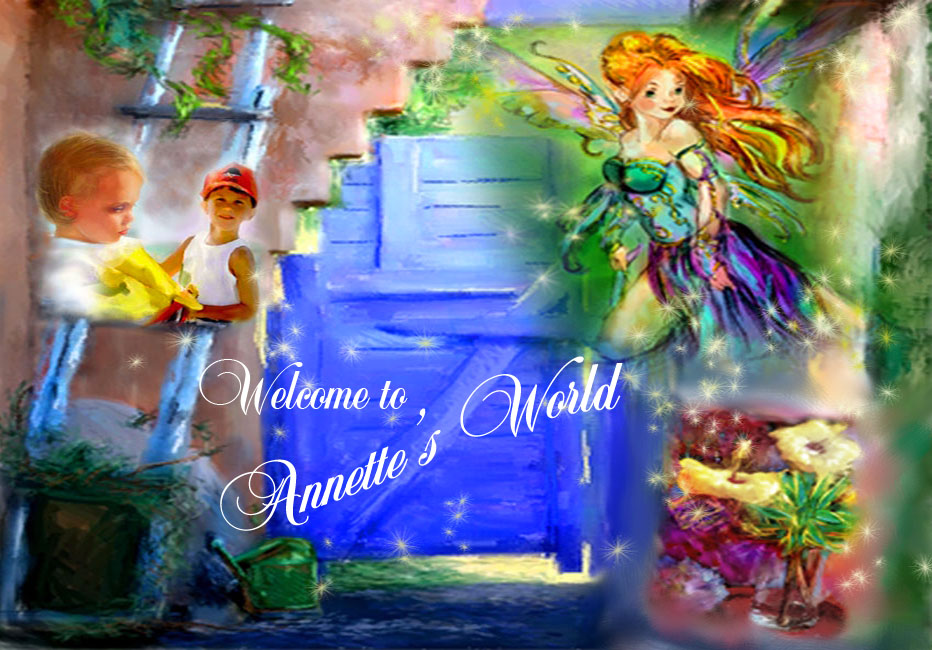I thought I would have a little more going on with the sun and it's effects. You know it does put out a lot of light and we love it for that.
Now in the last post I commented on it being harmful and good. Shooting in full sun does have it's benefits. Below is a couple of images, that is just a fancy way that photographers call pictures. They are taken in FULL HOT SUN!!!!! I mean 114 degrees of Oklahoma humidity. These work!!!
Now if you were not wearing sun glasses you would have major squint.
The sweet subject, our granddaughter is looking down so no squints. One more of the full sun.
I do have to add that the two above images were not taken on AUTO, but you do get the picture of how the sun can work for you.
This same rose bud but with the sun kind of behind it. Now I haven't played with photo shop at all, just a "raw " print as we would shot with a camera on AUTO. quite a difference.
Same rose bud, shot inside with just available light from the window. It was shot on AUTO also. The light is softer and not as harsh.
Plant leaf with sun shine on it, course it is to hot and burning the leaves some but that is not what we are talking about. The shadows are stronger but the green is sort of washed out.
A couple of shots with back light as much as we could get. I hope this shows a pretty color as it really looks.
One more sample
These are what we call some hot leaves. The color is washed out with the sun. Now remember this is all on AUTO.
Same leaves of the tree but with the sun pointing at them instead of at my back.
There you go, I just wanted to show the difference with sun behind me and behind the subject. Really makes a difference. Just playing with the lighting makes a difference. I hope this is making you say " OHHHHH, that is what she means.
There just seems to be so much more depth with the sun working this way for you.
Ok there you go for today. A quick lesson with the sun. I hope this has helped one person in any way.
Thank you for stopping by Annette's world and see what is going on here. I'll post some more later. Lighting is a fun adventure and you can do a lot with just on AUTO.





 S
S T
T

 T
T




